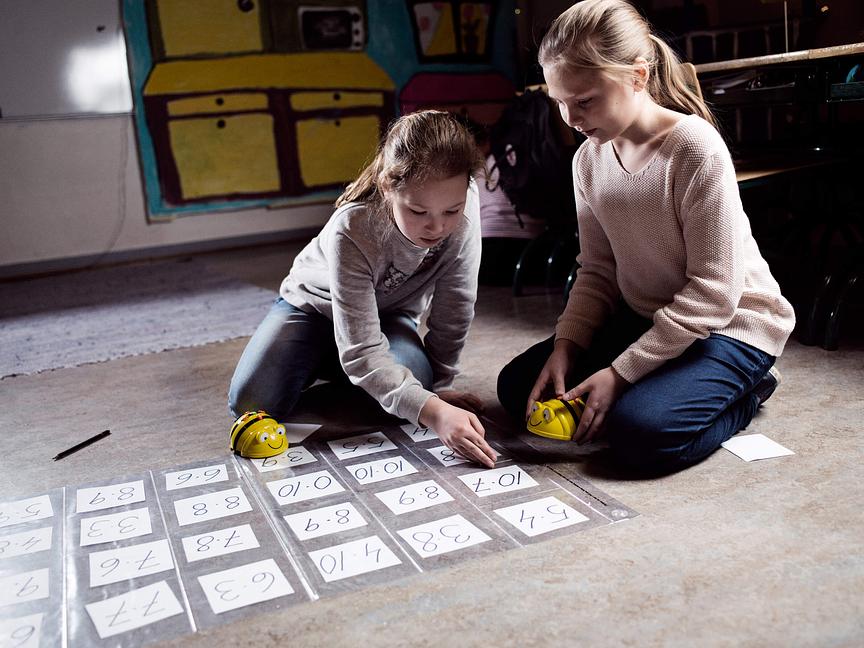Math helps people understand the surrounding world. It allows you to look at multiple phenomena and solve many everyday life problems.
Studying math is, at its best, student-centered and focused solving problems together in a group. Learning mathematical skills, such as problem-solving and communication skills, is as important as learning the new study material. Students should be encouraged to find different solutions to a problem and thereby develop their mathematical thinking.
Paths to Math is an e-learning path that provides a wide range of topics that enable students to apply their mathematical knowledge. Exercises use active and social learning and combine multiple subjects. Students both practise and apply what they have learned.
Paths to Math encourages students to work in groups. Working collaborativelyhelps students speak in mathematical terms, they can debate the results and look at a problem from different perspectives.



